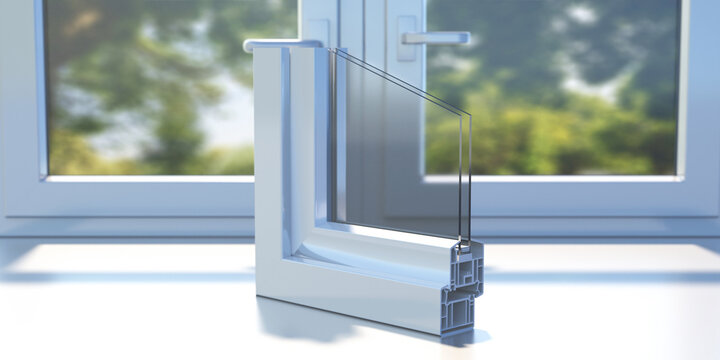Are you tired of struggling to remove paint from metal surfaces? Whether it’s old layers of paint or stubborn coatings, the right solution can save you time, effort, and frustration. Enter the world of metal paint stripper – powerful products designed to make the paint removal process a breeze. In this article, we’ll delve into the ins and outs of metal paint strippers, exploring their benefits, application methods, safety precautions, and more.
1. Introduction
Painting metal surfaces can offer a fresh look, but over time, layers of paint can accumulate, leading to an unsightly appearance. Removing these layers can be a daunting task, but with the advent of metal paint strippers, it has become significantly easier.
2. What is a Metal Paint Stripper?
A metal paint stripper is a specialized chemical solution formulated to effectively break down and remove paint from metal surfaces. Unlike traditional sanding or scraping methods, paint strippers offer a more efficient and less labor-intensive way to achieve a clean, paint-free surface.
3. Benefits of Using Metal Paint Strippers
Using metal paint strippers offers several advantages, including:
- Time and Effort Savings: Paint stripping can be time-consuming and physically demanding. Metal paint strippers streamline the process, reducing the time and effort required.
- Even Coating Removal: These products ensure uniform removal of paint, even from intricate or hard-to-reach areas.
- Less Surface Damage: Scraping or sanding can damage metal surfaces. Paint strippers are gentler and minimize the risk of surface harm.
- Versatility: Metal paint strippers are effective on various types of paints, including oil-based, latex, and epoxy coatings.
4. Different Types of Metal Paint Strippers
There are two main types of metal paint strippers:
- Solvent-Based Paint Strippers: These contain strong chemicals that dissolve paint layers. They are fast-acting but require proper ventilation due to their fumes.
- Bio-Based Paint Strippers: Made from natural ingredients, these strippers are less harsh on the environment and the user. They may take longer to work but are a safer option.
5. Choosing the Right Metal Paint Stripper
When selecting a metal paint stripper, consider factors such as the type of paint you’re removing, the surface material, and your safety preferences. Always follow the manufacturer’s recommendations.
6. Safety Precautions When Using Metal Paint Strippers
Safety is paramount when working with paint strippers. Follow these precautions:
- Ventilation: Use in a well-ventilated area to minimize inhalation of fumes.
- Protective Gear: Wear gloves, goggles, and a mask to shield your skin, eyes, and respiratory system.
- Avoid Sparks and Flames: Some paint strippers are flammable; keep them away from open flames or sparks.
7. Step-by-Step Guide: How to Use a Metal Paint Stripper
- Preparation: Ensure proper ventilation and wear protective gear.
- Application: Apply the stripper evenly using a brush or roller.
- Dwell Time: Allow the stripper to sit for the recommended period, letting it penetrate the paint.
- Scraping: Gently scrape off the softened paint with a plastic scraper.
- Cleanup: Thoroughly clean the stripped surface and dispose of waste as directed.
8. Alternative Methods for Removing Paint from Metal
If you prefer not to use chemical paint strippers, alternatives include heat guns, sanding, and abrasive blasting. Each method has its pros and cons.
9. Tips for Achieving the Best Results
- Follow Instructions: Read and adhere to the product instructions for optimal results.
- Test on a Small Area: Before applying to a larger surface, test the stripper on a small, inconspicuous area.
- Multiple Applications: Thick or multiple paint layers may require more than one application.
10. Common Mistakes to Avoid
- Insufficient Dwell Time: Rushing the process may result in incomplete paint removal.
- Using Metal Tools: Metal scrapers can damage the surface; opt for plastic or wooden tools.
11. Maintaining Metal Surfaces After Stripping
After using a metal paint stripper, thoroughly clean the surface to remove any residue. Apply a primer or protective coating to prevent future paint adherence.
12. Environmental Considerations
Dispose of paint stripper waste and residue properly. Follow local regulations to minimize environmental impact.
13. FAQs About Metal Paint Strippers
Are metal paint strippers safe to use indoors?
Yes, but ensure proper ventilation and follow safety guidelines.
Can I use a metal paint stripper on delicate metals?
It’s recommended to test on a small area first, as some metals may react with the stripper.
Are bio-based strippers as effective as solvent-based ones?
Bio-based strippers may take longer to work but are effective for most paint types.
Can I reuse leftover paint stripper?
It’s best to use fresh product for optimal results.
Are metal paint strippers harmful to the environment?
Solvent-based strippers can be harmful if not disposed of properly; bio-based options are more eco-friendly.
14. Conclusion
Metal paint strippers are a valuable tool for simplifying the process of removing paint from metal surfaces. Their efficiency, versatility, and ease of use make them a top choice for DIY enthusiasts and professionals alike. Whether you’re restoring a piece of furniture or revamping metal fixtures, a metal paint stripper can be your reliable partner in achieving a flawless finish.
If you want to learn more information please visit: homesnews.xyz










